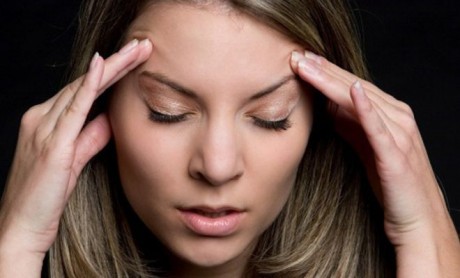Vegetative-Vascular Dystonia: Is It as Scary as It Sounds?
Perhaps everyone has heard there is such a diagnosis in the medical sphere but the majority of patients don’t really know what vegetative-vascular dystonia is about. As it usually goes with diagnoses, you might feel it is a serious condition which requires serious treatment and lot of nerve and worries from you. So let’s find out what it is and is it as scary as it sounds.
What Is Vegetative-Vascular Dystonia?

This is a medical condition when there is a breach in the body’s vascular system that may lead to insufficient supply of oxygen to the tissues. Vegetative-vascular dystonia is also often called neuro dystonia, however, medical literature is full of other terms like cardiac neurosis, cardiac psychoneurosis, vasomotor dystonia, autonomic dysfunction, panic attacks and so on. Though nowadays this diagnosis can be quite often heard by people of different age and status, this condition cannot be called an independent disease, because it’s more like a syndrome. That means VVD can be viewed both as a certain breach of the nervous system that requires urgent treatment and as usual fatigue.
Health care providers tend to state that the treatment of this condition depends on how fast its cause can be detected and eliminated. This may require certain tests and examinations. However, many professionals in the medical sphere agree that vegetative-vascular dystonia is a pathological condition that appears when there are irregularities in the autonomic nervous system.
Patients who are diagnosed with this condition usually have the following complaints:
• Tachycardia
• Excessive fatigue
• Intestine and stomach problems
• Mood swings or instable emotional condition
• Numbness of limbs
• Discomfort in thorax
• Temperature increase
• Heart work disturbances
• Paresthesia
Though VVD diagnosis is usually made when doctors cannot define the real cause of patient’s disturbances and when it isn’t possible to treat the issues patients complain on. As a traditional approach to treating vegetative-vascular dystonia patients are usually prescribed with different sedatives and vascular medications that do not treat but provide only temporary relief.
What Should People with VVD Be Aware of?
If you are diagnosed with vegetative-vascular dystonia, this isn’t the end of the world, but it means that something in your body doesn’t work properly and you are the one who needs to deal with it as soon as possible. So there are a few things you need to do which are as follows:
1. Learn more about this condition. Research, analyze, read medical literature to know more about VVD, its treatment and to find out what to expect.
2. Stop excessive anxiety. Feeling too worried about your health won’t bring any good, that’s why you need to start doing relaxation exercises or go in for yoga classes.
3. Talk to people with the same diagnosis. This will help you to understand this condition better.
And remember VVD doesn’t mean something awful is going to happen to you and your health. Just take it as it is, start dealing with it and you will definitely see positive results.






